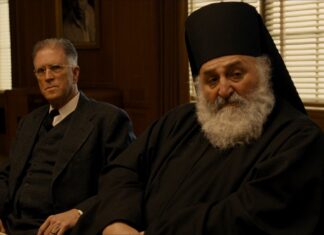“A great fragrance does not smell good; it smells beautiful!”
F. Kurkdjian
Francis Kurkdjian is considered by many to be the world’s greatest designer and creator of new perfumes and scents. Born in Paris in 1969, he is perhaps best known for creating the men’s fragrance Le Male for Jean Paul Gaultier in 1995, which became one of the world’s best-selling perfumes. He has since created more than 40 fragrances for major companies worldwide, including Elie Saab Le Parfum for Elie Saab; My Burberry for Burberry; L’Extase for Nina Ricci; Narciso Rodriguez for Her for Narciso Rodriguez, and Green Tea for Elizabeth Arden. He also recreated Marie Antoinette’s favorite perfume for the Palace of Versailles, going back in time to the early 17th century and the sources of perfumery. And in 2006, Kurkdjian redeveloped and updated Papier d’Arménie — little booklets of scented paper, which you burn like incense — for the “Year of Armenia in France.”
In 2009, Kurkdjian then co-founded the fragrance house Maison Francis Kurkdjian with Lebanese-French businessman Marc Chaya. It became part of the LVMH fashion juggernaut in 2017. Today its scents and affiliated products are sold worldwide. His unisex Baccarat Rouge 540, with notes of jasmine, saffron and cedar, was released in 2016 and has since become one of the biggest hit in perfumery.
In 2021, Kurkdjian was named the creative director for Dior perfumes. Like Karl Lagerfeld who managed to design Chanel as well as his own line, Kurkdjian has the energy and work ethic needed to successfully take on both jobs simultaneously.
In recognition of his contributions to the world of perfumery, he received the Prix François Coty for lifetime achievement in 2001 at 33. And in 2008 the French Government bestowed on him the “Chevalier des Arts et des Lettres,” title, one of the country’s greatest honors.












